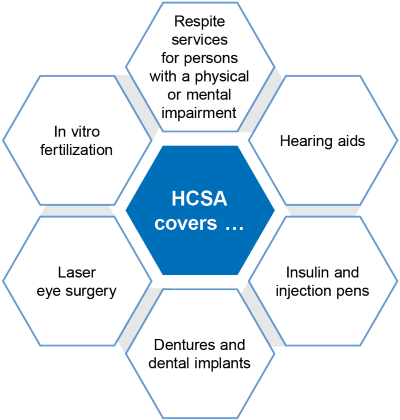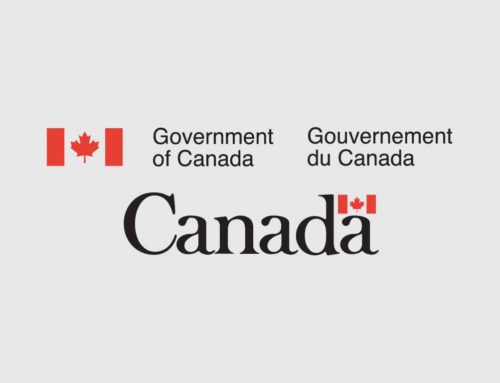Families may not realize that they have a great opportunity to significantly reduce the cost of medical treatments and therapies through a health care spending account (HCSA). These accounts are not well understood and, if available, are typically underutilized due to a lack of awareness of how they can help.
In essence, the HCSA helps families pay for eligible medical expenses by using pre-tax money. For families who incur medical expenses that are not traditionally covered by their employer’s group benefits plan, an HCSA can be a very powerful tax-saving tool. Typically, if you are an employee of a company, you have access to the HCSA as a supplement to your traditional group benefits program. If you do have this access, you may receive a portion of your total compensation in the form of HCSA funding, up to a certain limit.
Eligible expenses that are not traditionally covered by your family’s group benefits plan, but are covered through a health care spending account (HCSA), include these:

(Please note that this list is not exhaustive – for a full listing, please see the CRA link at the bottom of this article)
Tax savings available
If your family has qualifying medical expenses above $2,302 (2018) or 3% of your income per year and your marginal tax rate is greater than 20%, then the HCSA could be a valuable tool for your family.
To estimate your potential tax savings from using an HCSA, simply take the difference between your combined marginal tax rate and the federal and provincial tax credit (METC) amount on qualifying medical expenses. If you are an individual in the top marginal bracket living in Ontario (53.53%), the tax savings are your qualifying medical expense amount (incurred during the year), multiplied by the tax rate difference between your marginal tax rate (53.53% less HCSA administrative costs of 8%) and the METC credit (15% federal plus 5.05% Ontario resident), which is approximately 25.48%.
For a family with large medical expenses during the year (such as respite services), the resulting tax savings can be significant. For instance, if a family incurs qualifying medical expenses of $15,000 in a year, the resulting tax savings from using an HCSA instead of the METC is close to $3,822! In addition, if qualifying medical expenses are incurred regularly every year, this is an ongoing tax savings to the family.
Business owners can improve both their financial situation and that of their employees by making a health care spending account part of their benefits offering
Implementing an HCSA as part of your benefits offering can be very valuable for you as a business owner. Up front, the business receives a tax deduction on contributions to an HCSA, while the employees do not pay tax on contributions to the HCSA or on eligible expenses. As a result, the employee is farther ahead by avoiding income tax on HCSA eligible expenses. In addition, the business owner has clarity of costs with an HCSA, as it is the employer that elects to contribute and at what amount. This contrasts with a traditional group benefits plan, which can have variable costs due to the group’s unpredictable claims experience.
In some circumstances, business owners might just offer an HCSA without a traditional group benefits plan. In this case, the employee has full flexibility to use the HCSA dollars for whatever purpose they prefer, while the business owner doesn’t have to worry about escalating benefits costs. If, however, the employee would still like the option of a traditional group benefits plan, they can use their HCSA dollars to purchase a plan for themselves, as premiums are an eligible expense for HCSA purposes.
Navigating the details of a health care spending account program is challenging. Despite the complexity, it is an important planning tool for families and business owners to use, to improve wellbeing and financial outcomes.
Links of interest
- Canada Revenue Agency (CRA) – Eligible medical expenses you can claim on your tax return
- Canadian Broadcasting Corporation (CBC) – HSAs the best health plans you’ve never heard of
Disclaimer:
BUSINESS MATTERS deals with a number of complex issues in a concise manner; it is recommended that accounting, legal or other appropriate professional advice should be sought before acting upon any of the information contained therein.
Although every reasonable effort has been made to ensure the accuracy of the information contained in this letter, no individual or organization involved in either the preparation or distribution of this letter accepts any contractual, tortious, or any other form of liability for its contents or for any consequences arising from its use.
BUSINESS MATTERS is prepared bimonthly by the Chartered Professional Accountants of Canada for the clients of its members.




